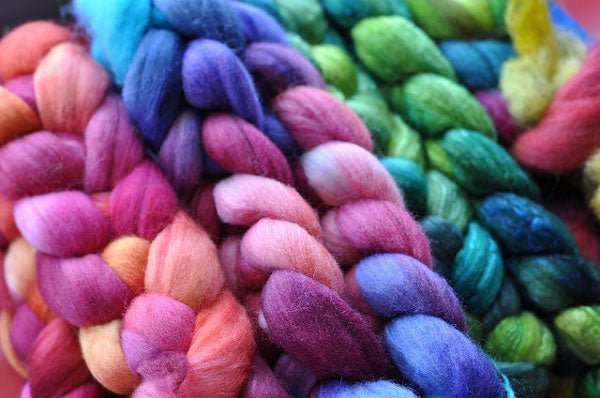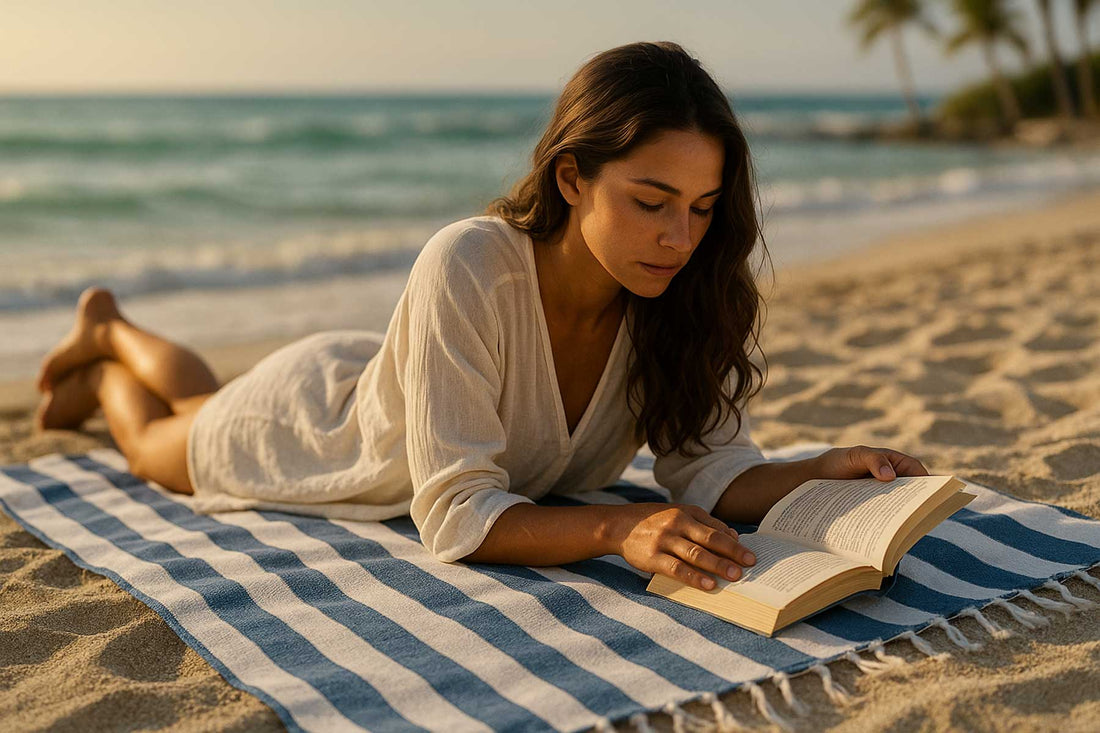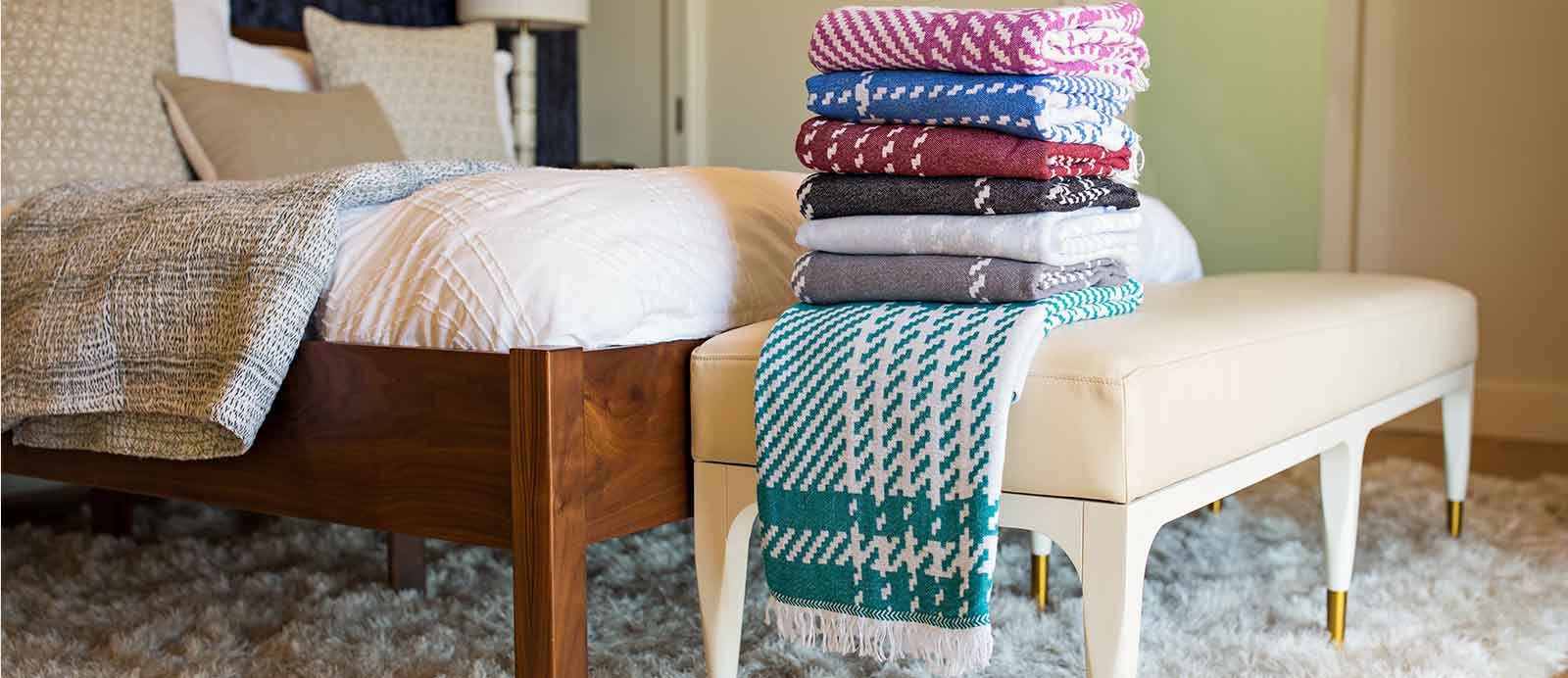The Common thread in Turkish Towels
Not all towels are created equally. While most bath and spa towels are cotton or a cotton blend, there are many nuances and differences in the blends and fibers used that can affect the feel, longevity of use, and performance.
- Turkish cotton – Similar to Egyptian cotton with extra-long fibers, this premium cotton is grown exclusively in the Turkish region. Turkish cotton towels are soft, luxurious and absorbent, but typically dry faster than Egyptian cotton because of their flat weave.
- Egyptian Cotton – considered the highest-quality cotton because of its extra-long fibers and high-absorbency, Egyptian cotton is the top choice for luxury hotels and spas. It tops the list for absorbency and luxurious feel, and the long/dense fibers give Egyptian-cotton towels a very long life when well cared-for.
- Organic cotton – Certified organic cotton is culled from earth-friendly crops that don’t use synthetic fertilizers or pesticides and are harvested using sustainable methods. Towels made from these fibers may have the same look and feel as conventional cotton but without the excess baggage and larger carbon footprint.
- Pima cotton – Grown in the American Southwest using the same plants as Egyptian cotton, Pima Cotton is considered a superior fiber and renowned for its absorbency, strength, and durability. Also known by the brand name “Supima.”
- Bamboo – Usually a Bamboo/Cotton blend, but sometimes 100 percent bamboo. Bamboo is a sustainable, Earth-friendly choice because it grows quickly and doesn’t require pesticides. It is highly absorbent which makes it an excellent choice for many businesses. Bamboo blends are very soft, supple, color-fast, luxurious, and are a naturally anti-bacterial fabric.
- Microfiber blends – Microfiber is starting to make headway in the commercial towel market as a newer alternative. Typically a polyester blend, microfiber towels can absorb a remarkable amount of water. The high-tech blends can be adjusted to create towels that are plush and luxurious.
Quality weaves are only half the battle
Having quality cotton fibers is only half the battle. How you spin them determines the quality and durability of the final product. Double-stitches, double-turned edges and tightly-packed loops can make a world of difference for the end-product, but the construction method used for the yarn is key. Here are some of most common methods:
- Combed – Combed threads are exactly as they sound. The fibers are combed to remove shorter threads and extra material leaving only the longest, strongest and highest quality cotton fibers for weaving the final products
- Ringspun – Unlike the combed cotton, ring - spun combines the long and short-staple fibers and tightly twists them together to make a smoother and stronger yarn. The end product has a more luxurious feel than regular combed cotton.
- Twist – With this method, the fibers are twisted together at different rates to achieve different results. A low-twist yarn results in a smoother and softer feel and works great with longer fiber cotton such as Egyptian Cotton. A higher-twist yarn yields a stronger and more durable towel, though at the expense of feel.
- Terry – Terry Towels use extra yarn to create larger thread loops resulting in a high-absorbency towel which tend to be fluffy and more absorbent.
Towels come in all forms of shapes, sizes, and colors. Here are a few of the most common types of and sizes of towels.
- Bath towel – This is the workhorse of towels. Whether stepping out of the shower, lounging by the pool, or wrapping up at the spa, the bath towel is essential for most massage, salons, bed and breakfast, and hotel businesses. The typical size is 27”x54”. Riviera Towels are larger than your standard bath towel, they're sometimes called a Bath sheet and will be around 70”x 40".
- Hand towel – The hand towel is the one you usually find hanging near the sink at a hotel or fine restaurant. It measures about 16”x30”. This towel is the Swiss-Army knife of towels; you will find this handy size most common at the spa, fitness center, hair salon, and of course in any bathroom.
- Washcloth – A small square towel is about 13”x13” and is mostly used for washing the face, hands, feet, or body. A rectangular washcloth is sometimes called a Fingertip towel. This towel is most common in restaurants, hotels, and bars.
- Bath mat – About the same size as a bath towel, these are thicker and more absorbent and are used on the floor outside a shower or tub to prevent slips and falls.
Making your Turkish towels last longer
Below are some tips for getting the most out of your new Turkish towels and making them last for years:
- ALWAYS wash new towels – New towels have been flat packed for shipping and can feel crisp and a little stiff. When the towels are shipped tightly packed in vacuum packages the compression removes the feel and fluffiness. Washing your new towels before their first use will give them a softer feeling.
- Add vinegar to the wash cycle – A half to full cup of vinegar to the occasional wash load is a great natural way to increase absorbency (by changing the water Ph) and also remove the musty smell that damp towels tend to produce. Baking soda can also be helpful here.
- Avoid fabric softeners – We all like that fresh flowery smell, but fabric softeners also change the Ph of the rinse water and reduces the ability of the towel to absorb water.
- Avoid chlorine bleach – While chlorine is a great stain remover and whitener, it can radically deteriorate the life of your Turkish towels by harming and weakening the fibers. Instead, use an Oxygen-based bleach/whitener or spot-treat the stains.






